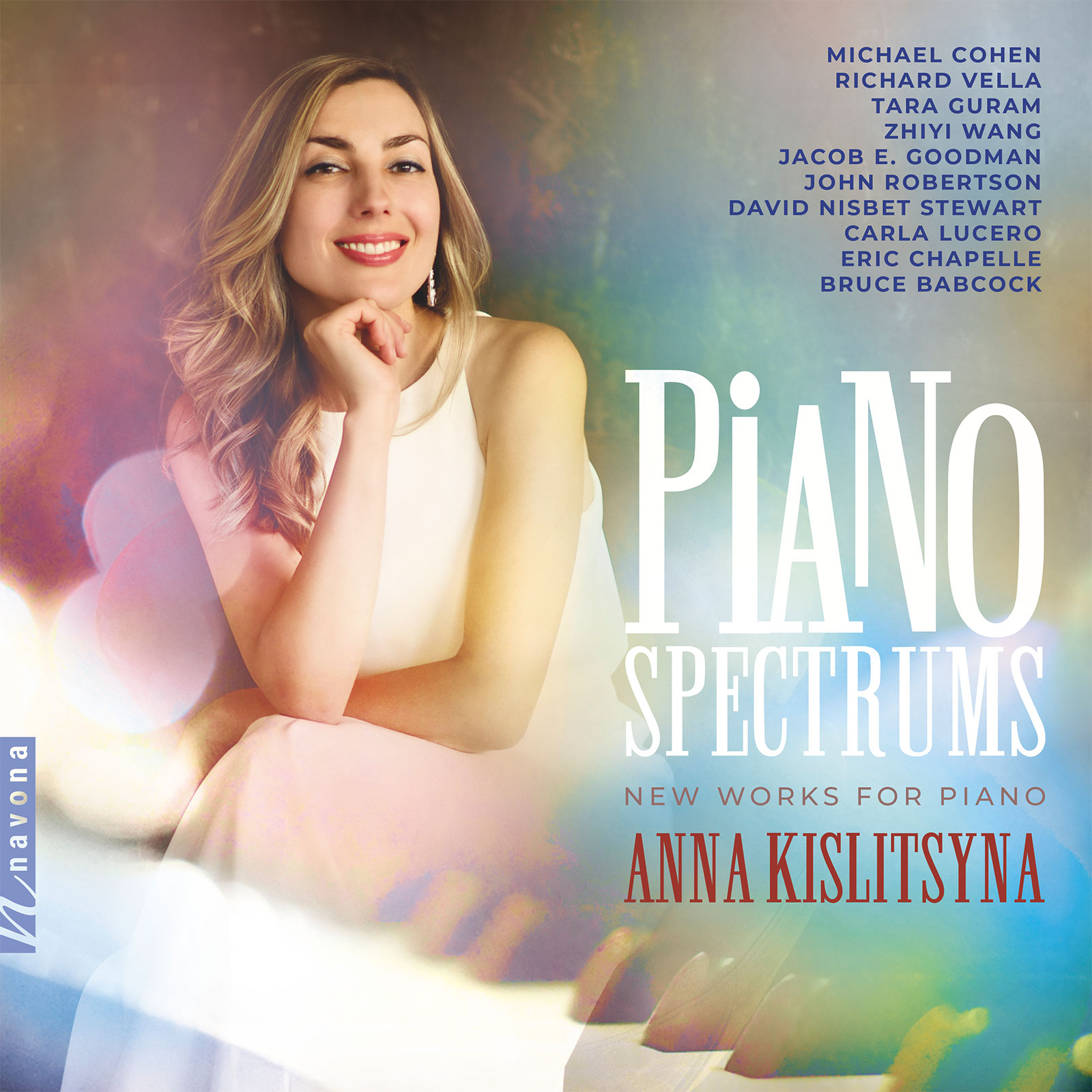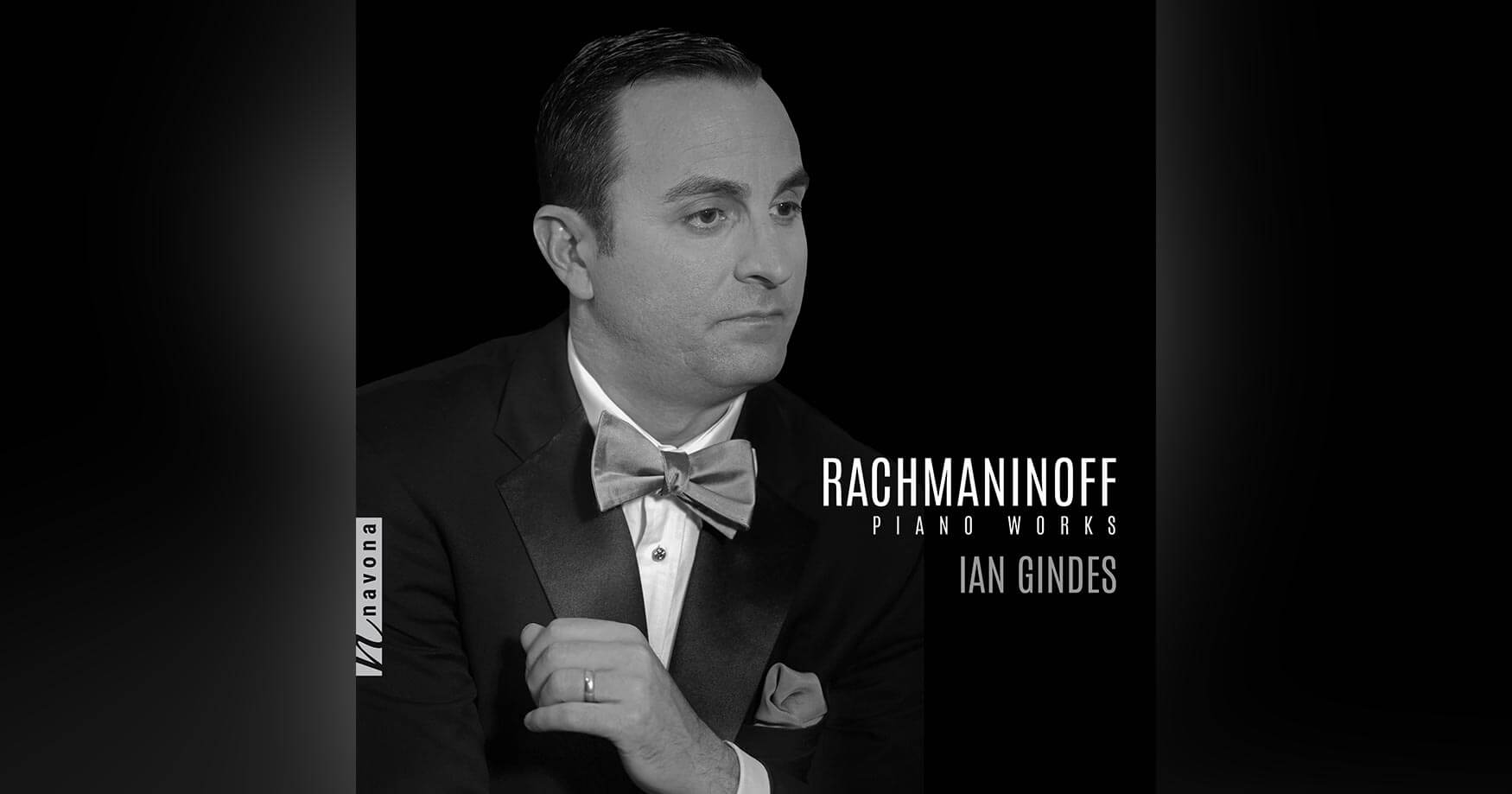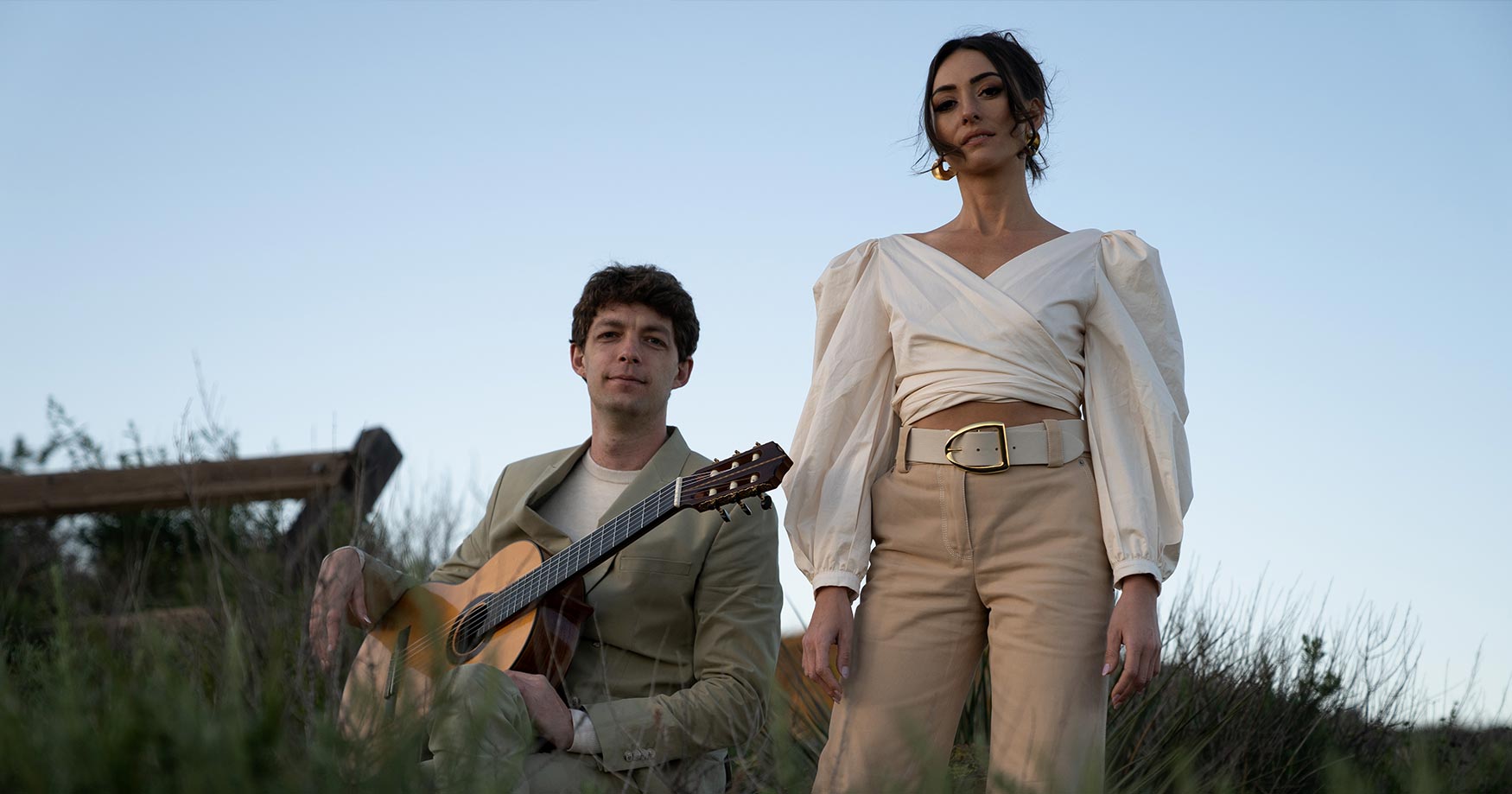Ten contemporary composers share their works on PIANO SPECTRUMS, a profoundly emotive selection of aesthetic contemporary pieces performed by Anna Kislitsyna. Among these works is composer Bruce Babcock’s Time and Again, a four movement piano sonata composed specifically for Kislitsyna.
Today, Bruce is our featured artist in “The Inside Story,” a blog series exploring the inner workings and personalities of our composers and performers. Read on to learn about his compositional influences as of recent, and his creative sanctuary surrounded by nature…
Tell us about your first performance
My first public performance was at Peabody School in Santa Barbara at age 10. Our school orchestra played the Star Spangled Banner at the flag raising every Monday. I played the clarinet. One of my fellow orchestra members was David Bowie. (Not THAT David Bowie.)
My first performance after college was at Royce Hall on the campus of U.C.L.A.
The Los Angeles-based Young Musicians Foundation held an annual composition competition, and I was the winner in 1976. The prize was a performance by the YMF Debut Orchestra, conducted by Calvin Simmons. A brilliant young conductor, Calvin had been assistant conductor of the Los Angeles Philharmonic and became musical director of the Oakland Symphony Orchestra at age 28. He tragically died at age 32.
My piece was called Music for String Orchestra. It ends very quietly. As the hall became silent, and before the applause began, a woman behind whispered to her companion “Thank God it’s over!” Then Calvin gestured for me to stand up to acknowledge the applause.
Following the concert, we went to dinner in Westwood. As we waited to be seated, Bob Dylan and his entourage entered the restaurant. I like to think that he had been at my concert – but I doubt it.
What advice do you have for young musicians?
I could not have envisioned, at age 10 at Peabody School, that I would have two extraordinary mentors, Hugo Friedhofer and Earle Hagen, work with everyone from Angela Lansbury to Metallica, and have my music performed at Carnegie Hall.
So, my advice to young musicians is what worked for me. Play or sing in every ensemble or group that will have you, in every style of music. Listen to every kind of music you can find. Befriend every fellow musician you can find.
If you have any interest in composing, write for every group you are in and record your work, if possible, even if it’s rough. Then study the recording. Study every score you can find. Study with anyone who knows more about music than you do.
If possible, find the best (preferably older) mentor you can. If you plan to be a performer, educator, or composer, learn the ropes from someone who has been there and been successful. Be professional. Just like a Boy Scout, be prepared.
How have your influences changed as you have grown as a musician?
My earliest musical influence was a recording we had of Tchaikovsky’s Peter and the Wolf. In high school, my band director was Dave Brubeck’s brother, Henry, and my interest in jazz began. I played alto saxophone and wrote for the jazz band. I was also very interested in Broadway and played in the orchestra for 11 different musicals, both in school and with local theater companies.
After my sophomore year of college, I discovered a brilliant teacher and film composer, Paul Glass. Paul had studied with Ingolf Dahl, Roger Sessions, and Luigi Dallapiccola. Witold Lutosławski became a big influence. My first Hollywood film scoring session was one of Paul’s. Paul held score study sessions at his home and hosted scoring sessions at which studio musicians played and recorded his student’s pieces. Through Paul, I met Hugo Friedhofer and Earle Hagen. Paul’s students included Quincy Jones, Victoria Bond, Oscar Castro-Neves, and Roger Kellaway. What these musicians all had in common was eclecticism, and I’ve tried to do the same.
More recently, I have been focusing on chamber, vocal, and choral music. Morton Lauridsen, Eric Whitacre, Jacob Collier, Chanticleer, and Voces 8 have been big influences.
How do you prepare for a performance?
Since I haven’t publicly performed in decades, all I need are tickets, directions, and a map showing me where to park.
Speaking as a composer, though, the internet has allowed rehearsals and feedback to be virtual. I do, however, create an audio file of each new piece and send it to the performers. Even though the samples can leave much to be desired, the files are accurate in terms of tempos, tempo changes, etc. I try to make all scores and parts as clean and perfect as possible. I’ve been fortunate to work with very talented and accomplished musicians and conductors and have never been disappointed by a performance.
Where and when are you at your most creative?
I am at my most creative in my Treehouse. The Treehouse is a room built over the garage of our Craftsman-style house. It has large groups of windows on all four sides and is surrounded by trees on all four sides, including a 130-year old oak tree. The Treehouse functions as my workspace and I spend most of my time there.
Stephen King says, “If you want to be a writer, you must do two things above all others: read a lot and write a lot.” What he does not say is, “Sit around and wait for inspiration.” I believe the same statements apply to composers.
What I will say, though, is that when you reach a creative roadblock, stopping to look at trees (or nature in some other form) can help.
What would we be surprised to find in your music library?
I still have all my CDs, although most of the LPs have been given away.
All my pencil-and-paper scores from my work in television and films have been donated to the Film Music Society. I still have pads of score paper personalized for Hugo Friedhofer and Earle Hagen.
I have an autographed score of Witold Lutosławski’s Symphony No. 3, and Aaron Copland’s autograph on one of my own scores, which was performed especially for him while in residence at C.S.U.N. in 1975.
Explore Bruce’s Latest Release
PIANO SPECTRUMS
PIANO SPECTRUMS is available now from Navona Records. Click here to visit the catalog page and explore this album.
The views and opinions expressed in this post are those of the artist and do not necessarily represent or reflect the views and opinions held by PARMA Recordings LLC and its label imprints, subsidiaries, and affiliates.




